Word list
|
This list explains what the bold words in this document mean. |
|
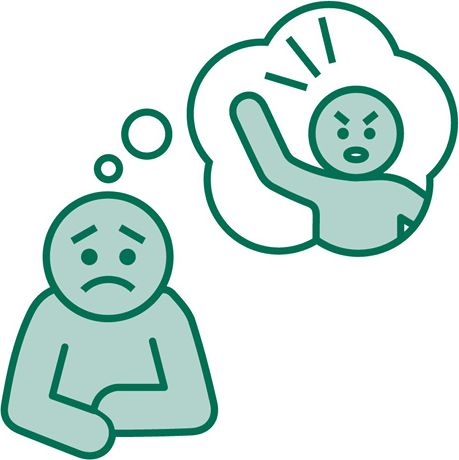
|
AbuseAbuse is when someone treats you badly. |
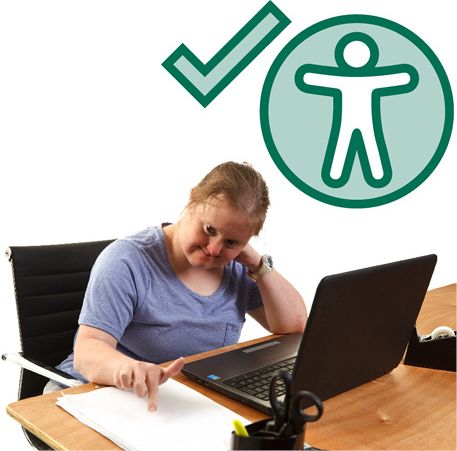
|
AccessibleWhen information is accessible, it is easy to:
|
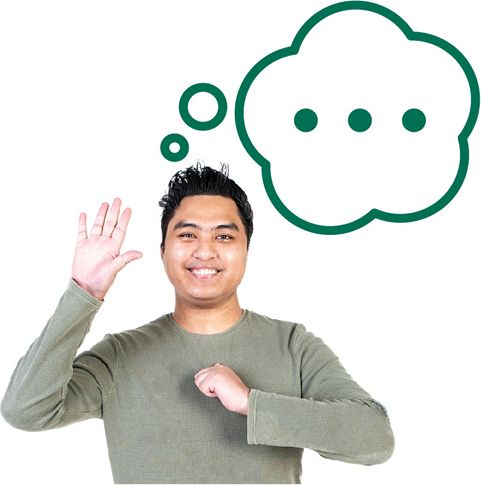
|
AttitudesYour attitudes are what you:
|
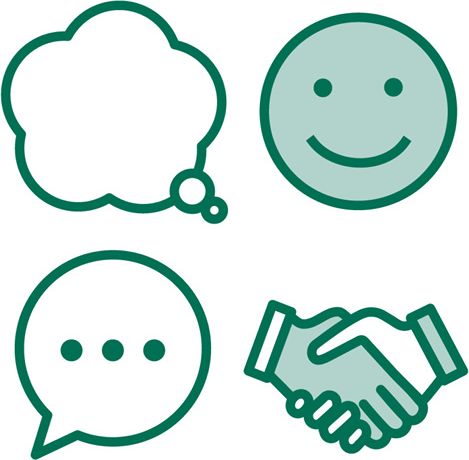
|
AutismAutism is a disability that can affect how you:
|
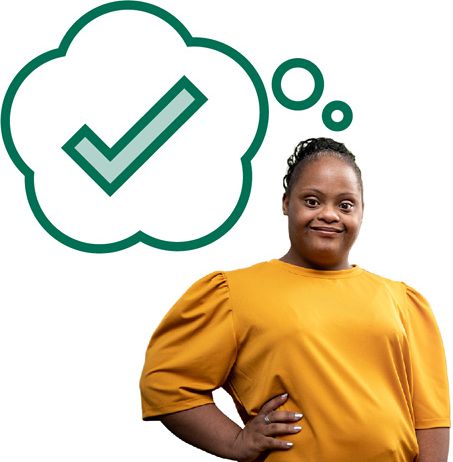
|
ConfidentWhen you are confident, you:
|
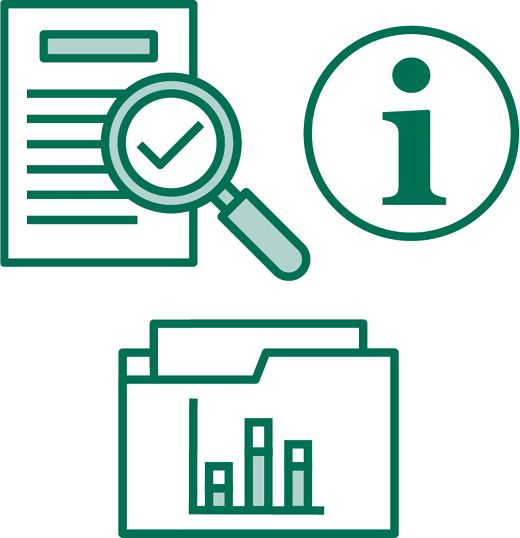
|
DataWhen we talk about data, we mean:
|
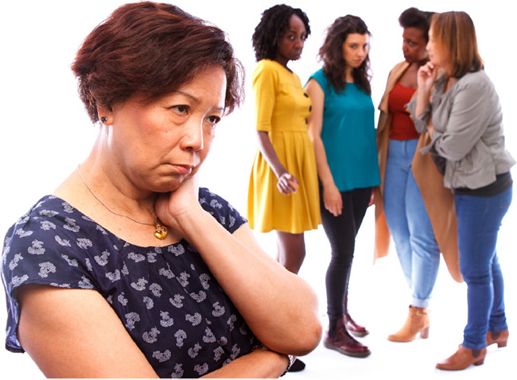
|
DiscriminationDiscrimination is when someone treats you unfairly because of a part of who you are. |
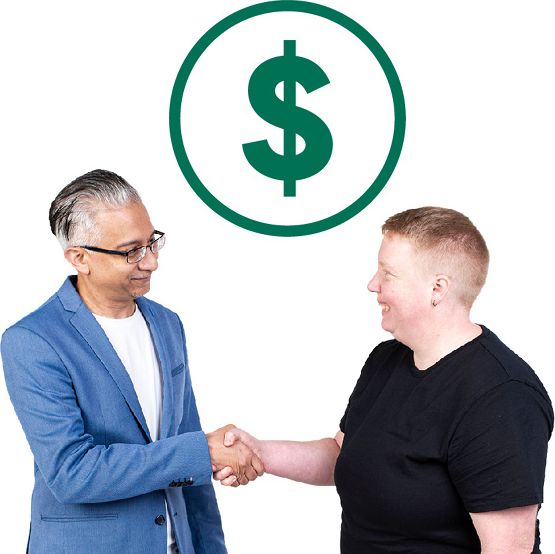
|
EmployerAn employer is a person who hires other people to work for them. |

|
EmploymentEmployment means you:
|
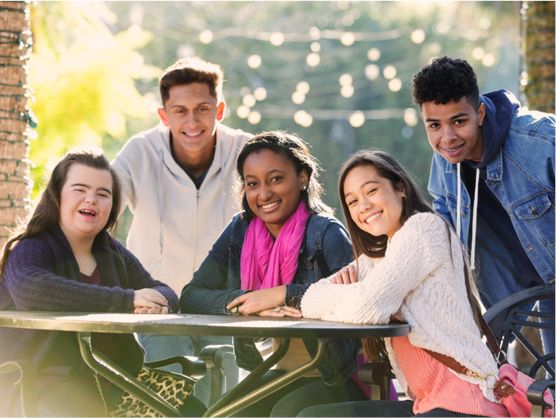
|
InclusiveWhen the community’s attitudes are inclusive, everyone can:
|
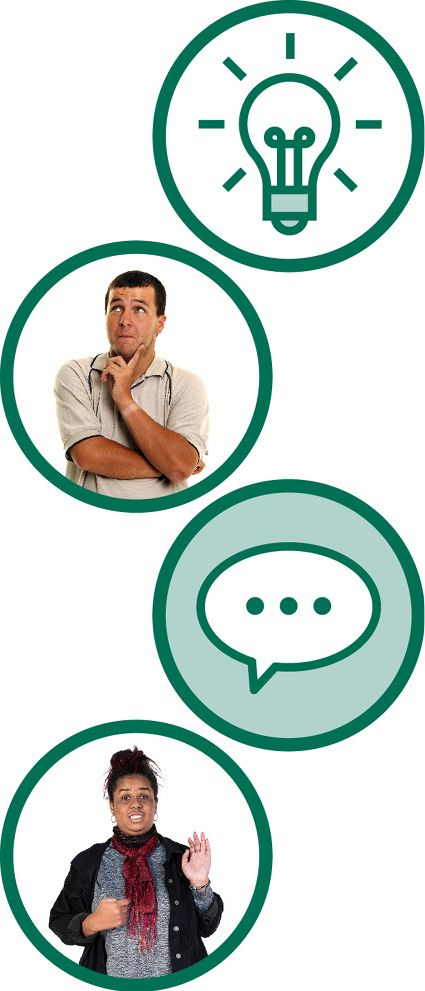
|
Intellectual disabilityAn intellectual disability affects how you:
|
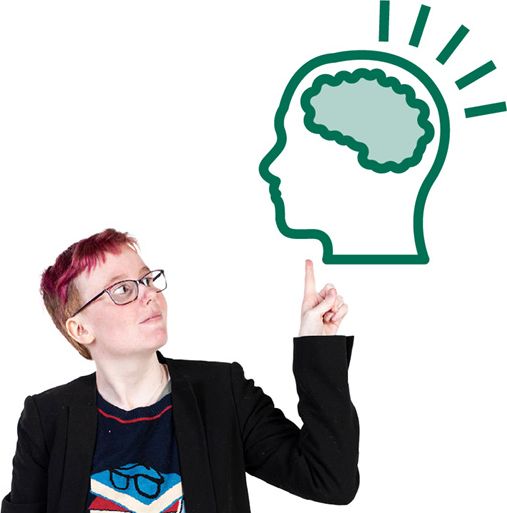
|
NeurodiverseWhen someone is neurodiverse:
|
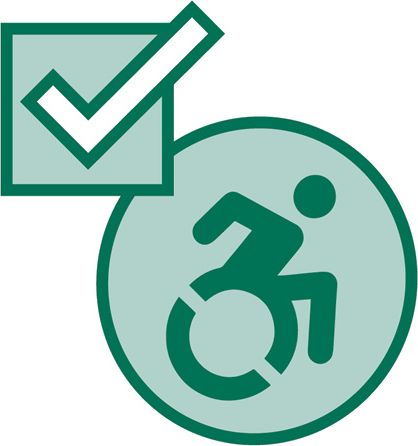
|
OutcomeOutcomes are the important results we want to get for people with disability. |
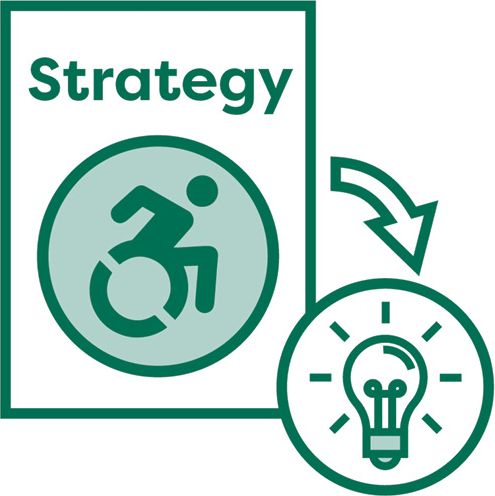
|
Outcome areasThe Strategy has ideas about how to make life better for people with disability in 7 main areas. We call these outcome areas. |
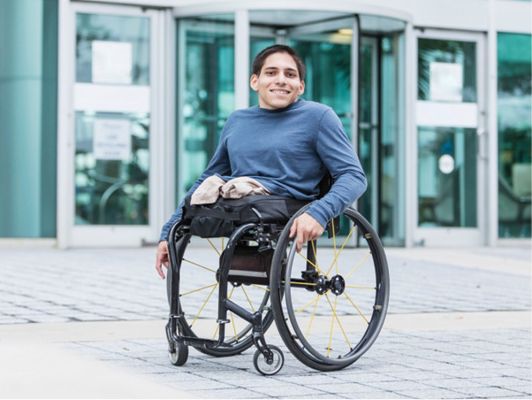
|
Physical disabilityA physical disability affects how someone:
|
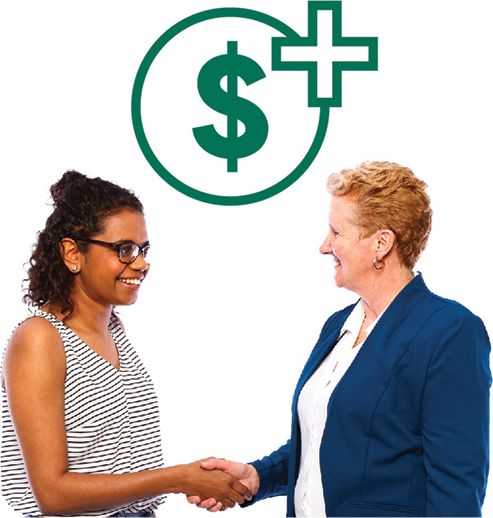
|
PromotionA promotion can mean you are:
|
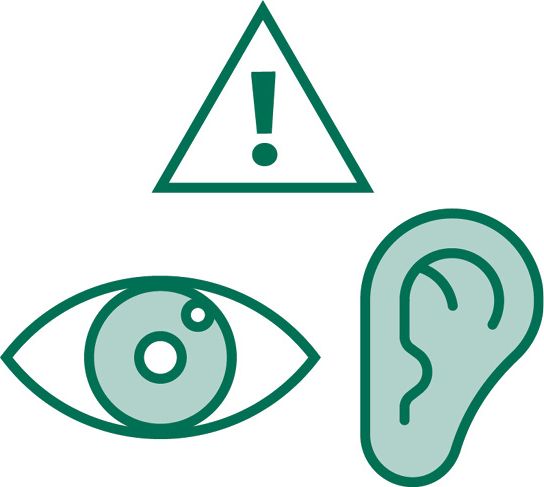
|
Sensory disabilityA sensory disability can affect how someone:
|
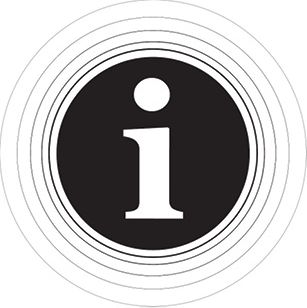
|
The Information Access Group created this Easy Read document using stock photography and custom images. The images may not be reused without permission. For any enquiries about the images, please visit www.informationaccessgroup.com. Quote job number 5596. |